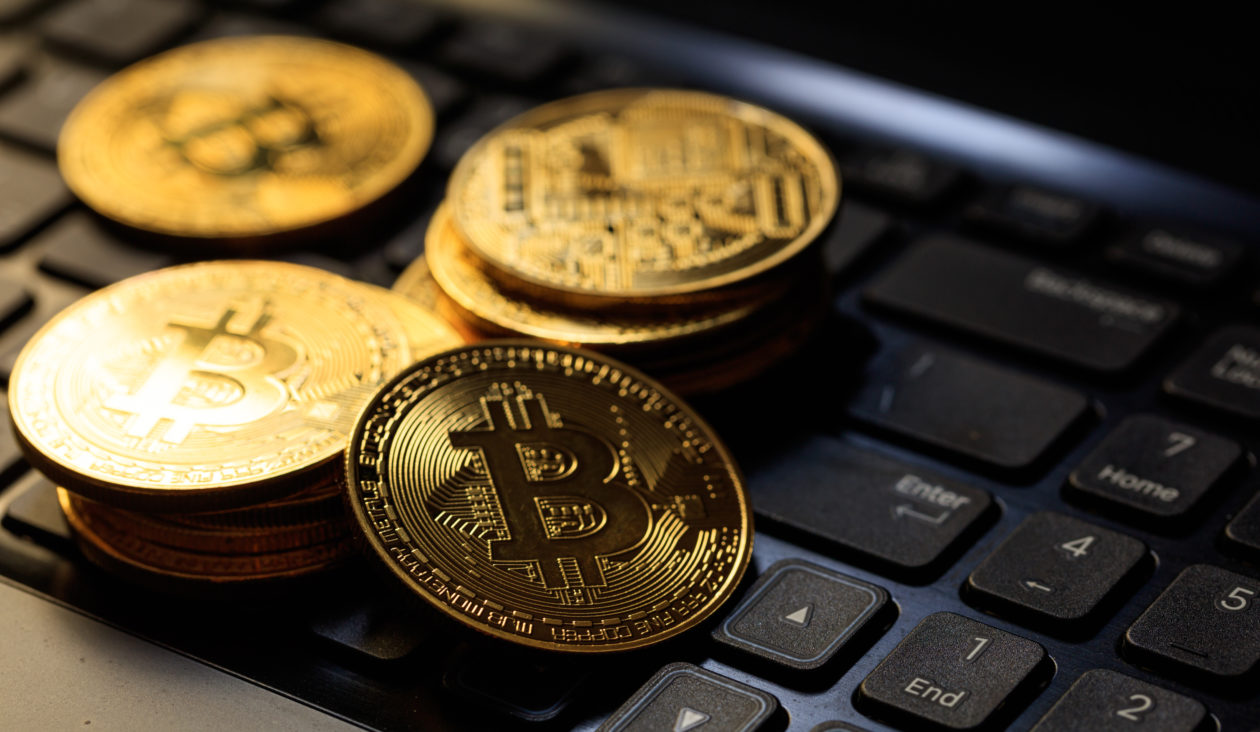After hovering aroud the US$35,000 mark through most of June and July, Bitcoin’s price has started rising again this past month. In the past 24 hours, Bitcoin’s price broke US$45,000 for the first time since mid-May amid the market-wide crash from the historic highs in April, according to data from CoinMarketCap.
Fast facts
- Conversely, gold was trading at a low of US$1,731 per ounce in the past 24-hours, its lowest price since late June. The precious metal had been trading at a high in May of almost US$2,000 — the highest price seen since early in the year — before the crash. Gold was trading at US$1,731 at publishing time.
- Silver also saw a price drop of 8.25% over the past week, recently slumping to US$23.26 — its lowest price point since early April. Silver had seen a similar price surge as gold in May, staying around the US$28 per ounce mark for most of the month before seeing a dramatic price fall-off. Silver was trading at US$23.48 at publishing time.
- Justin d’Anethan, head of global exchange sales at Eqonex, told Forkast.News: “Interestingly enough, while gold was sold, BTC continued to rise, suggesting that investors either don’t see the cryptocurrency as new gold or, rather, that they see it as a better alternative.”
- Ethereum’s ETH, the world’s second-largest cryptocurrency by market cap, has seen a similar price trajectory to Bitcoin. Ethererum’s Ether broke the US$3,000 mark for the first time since mid-May, amid the same market crash. ETH’s positive price action is most likely driven by anticipation for and then the launch of the recent London hard fork upgrade, a key development in Ethereum’s transition to Ethereum 2.0. The most significant change to come with the 2.0 upgrade is a transition from Ethereum’s proof-of-work consensus model to proof-of-stake and a reform of its transaction fee system.
- In another shake-up in the Ethereum community, non-fungible token marketplace OpenSea has overtaken DeFi platform Uniswap in terms of gas consumption in the past 24 hours, according to data from Etherscan.io. Gas consumption relates to the number of daily transaction fees on the network and typically corresponds to the actual usage of ETH. This change is likely driven by a recent resurgence in the popularity of NFTs, which had seen a drop off in recent months after a surge of interest earlier in the year.

